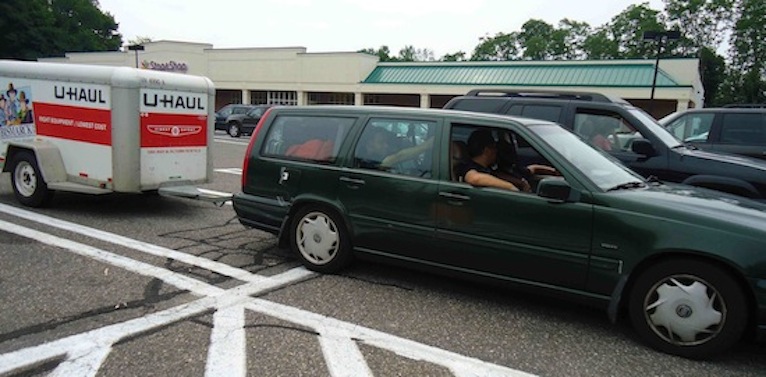The Little Prince (le Petit Prince) is one of the most successful children’s books ever, written by pioneer aviator Antoine de Saint-Exupéry. A brand new exhibition illustrating his work and life is due to arrive soon in Singapore.
The Little Prince finds himself on a strange, bare, remote planet
Singapore, March 2015. One of the most popular books ever in French literature, Le Petit Prince is about a Prince (obviously) who finds himself on a strange remote planet. It has always had strong appeal to children, but has been analysed by innumerable academics about its implications and social comment at an adult level.
Its author, French aviator Antoine de Saint-Exupéry, never completely explained what it was about – but there is no doubt it has lessons for us all about caring for the world we live in. As long as we don’t all get gobbled up by nasty, voracious baobab trees, as the Prince tries to avoid in the book by caring for his rose.
"It is a question of discipline," the little prince explains. "When you've finished your own toilet in the morning, then it is time to attend to the toilet of your planet, just so, with the greatest care. You must see to it that you pull up regularly all the baobabs, at the very first moment when they can be distinguished from the rosebushes which they resemble so closely in their earliest youth. It is very tedious work," the little prince added, "but very easy."
Environmental message
Which all seems to establish a basic tenet that it’s a good idea to look after our environment – something Saint-Exupéry was particularly aware of, having crashed his aircraft in the desert when flying some of the first ever airmail routes in North Africa. Saint-Exupéry disappeared over the Mediterranean during his last reconnaissance mission aboard a Lockheed P-38 Lightning in July 1944, but the circumstances of his disappearance remain a mystery. After the war, the French government named him a national hero.
The Fullerton exhibition is being staged courtesy of the St. Exupery Foundation
In April, the Paris-based Antoine de Saint-Exupéry Foundation will stage a unique exhibition at the Fullerton Hotel that features rare original manuscripts and drawings by Saint-Exupéry, the author. The displays, on loan from Aristophil - Musée des Lettres et Manuscrits in Paris, will be complemented by a series of historical photographs and also a series of writings and letters by Saint-Exupéry from the private collection of the Antoine de Saint-Exupéry Estate.
The display will highlight Saint-Exupéry as a pioneer of aviation from when he worked for the original Compagnie Générale Aéropostale – the first French transatlantic airmail carrier founded in 1918 with old WWI aircraft - and then the first French airmail company (known as Aéropostale) in the 1920s flying over deserts and mountains.
The exhibition will also show a series of three-dimensional hand-painted sculptures of the Little Prince by Asian artist Arnaud Nazare-Aga. The sculptures will represent the major scenes straight out of The Little Prince book.
St. Exupery's iconic characters will be shown in the flesh
The exhibition opening will also offer a chance to meet Olivier d’Agay, great-nephew of Antoine de Saint-Exupéry, and Delegate General of the Saint Exupéry Youth Foundation. The French astronaut Claudie Haigneré (the first European woman in space) will also attend.
As the Prince himself might have said, it is worth taking a look at what lies behind the story – something this exhibition will undoubtedly help with.
“What makes the desert beautiful,' said the little Prince, 'is that somewhere it hides a well...”
Details from the Fullerton Hotel – www.fullerton.com.sg
Exhibition opens from May 2, 2015 as part of the "Voilah!" French Cultural Festival organised by the French Embassy and Institut Français de Singapour.





